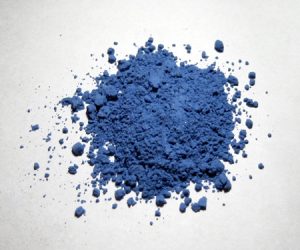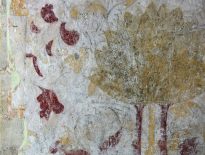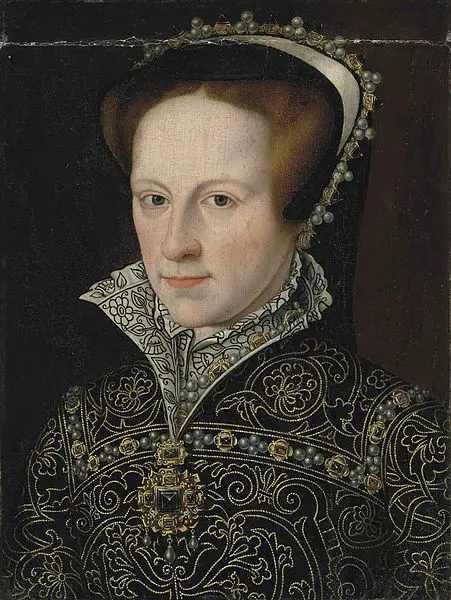 Thank you so much to my friend Sara for sharing this news with me on social media, I just love this type of discovery.
Thank you so much to my friend Sara for sharing this news with me on social media, I just love this type of discovery.
The remains of a woman who died between 997 and 1162 and who was buried in a German graveyard were examined by scientists. They found brilliant blue flecks in the tartar of her teeth and analysis showed that these flecks were lapis lazuli, a vivid blue semi-precious stone that was ground up and used as a pigment, ultramarine, by those involved in making illuminated manuscripts. The pigment was expensive, being worth more than gold.
Illumination was once thought to be a male domain but these remains are evidence that women were also involved in the craft.
How did it get in her teeth?
Well, it is thought that she licked the tip of her paintbrush to form it into a point for more detailed work.
Alison Beach, a professor of medieval history at Ohio State University, quoted in an AP News article noted that "If she was using lapis lazuli, she was probably very, very good. She must have been artistically skilled and experienced."
It really is a wonderful find!
You can read more in the AP News article that Sara shared with me - click here.



Interesting but it doesn’t prove she was an artist. She could also be a noble woman who purchased this rare and expensive pigment as part of a rare piece of jewellery. Maybe she was chewing it and absorbed the pigment. It was also used to decorate teeth. It was used as a filling or for show. Her being an artist is possible but it’s one of many possibilities. The one thing it does show is wealth and status as coming from Afghanistan, this mineral was rare and expensive, but has been found in Britain and Europe were it was imported as trade and tribute.